June 2024 Market Commentary
June 27, 2024
- Inflation data showed signs of improvement after a disappointing first quarter.
- Fed Chair Jay Powell pushed back on growing concerns that the Fed’s next monetary policy action might be a rate hike, not a rate cut.
- Non-farm payrolls added the fewest number of jobs since October, suggesting moderating labor market conditions.
- Returns: S&P 500 4.8%. Bloomberg US Aggregate Bond index 1.7%.
The saying “April showers bring May flowers” can be traced to an English poet from the 1500s. Today, the quote is typically used to suggest that good times often follow bad times. That was certainly true in May, as all three major US indices—S&P 500, Dow Jones Industrial Average, NASDAQ—set new records highs. For the S&P 500, April’s “showers” saw the index endure its worst monthly performance since September, before May’s “flowers” resulted in a 4.8% gain, the index’s best month since February and best May since 2009.
May’s gains largely accrued during the first two weeks of the month following the conclusion of the Fed’s April/May meeting on May 1, and subsequent release of April employment and inflation data. Following the first quarter’s disappointing inflation data, in which prices appeared to be reaccelerating, a growing percentage of investors had become concerned that the Fed’s next policy action might have to be a rate hike not a rate cut, in order to fully subdue inflation and return it to the Fed’s 2% target. In his post-meeting press conference, Powell addressed those concerns head-on, saying, “I think it’s unlikely that the next policy rate move will be a hike.”
At another point in his press conference, Powell described two paths which would prompt the Fed to consider rate cuts. The first was an improvement in inflation data leading to “greater confidence” on the part of Fed officials that inflation was moving “sustainably” down to 2%. The other was an unexpected weakening in the labor market. That framework helped explain the market’s positive reaction to April employment data in which non-farm payroll additions slipped to 175K, far below the expected 240K gains and the weakest pace of job creation since October. Following the employment report, market expectations shifted from one rate cut before year end, to two.
The mid-month release of April inflation data further strengthened the market’s conviction in the Fed cutting rates twice before year end. After a disappointing first quarter which witnessed the strongest 3-month average increase in inflation since late 2022, when inflation was slowing dramatically, April’s data provided signs of moderation. Headline consumer prices (CPI) rose 0.3% in April, down from the 0.4% pace recorded in February and March. On an annual basis, prices increased 3.4%, down from March’s 3.5% pace. Core CPI, excluding food and energy prices, slowed from 0.4% in March to 0.3%, while on an annual basis, the pace of inflation slowed from 3.8% in March to 3.6%. Though the modest deceleration in prices was welcomed, underlying details were more mixed. A more nuanced measure of inflation known as super core, which builds on core CPI by excluding housing costs, increased to 4.9%, marking the fourth consecutive monthly increase, and fastest pace in a year. While markets were generally relieved by the data, it would be premature to conclude that inflation has resumed a sustainable downward trajectory.
In addition to the ongoing focus on inflation and the Fed, first quarter corporate earnings season effectively wrapped up in May. For the quarter, aggregate S&P 500 earnings grew 5.9%, exceeding expectations of 3.4% growth at the outset of earnings season. Overall, 79% of companies exceeded their earnings estimates, while 61% exceeded their revenue estimates. Quarterly earnings calls provide analysts the opportunity to ask management about the quarter that was, as well as their thoughts about the future. While many investors continue to wrestle with concerns about a potential recession, management teams appear to be more optimistic. According to industry group FactSet, only 29 S&P 500 companies cited the term “recession” during their first quarter earnings calls, well below the 5- and 10-year averages of 83 and 60, respectively.
The combination of moderating inflation, weaker-than-expected job growth, and Powell’s refutation of the idea that the Fed’s next policy action might be a rate hike helped propel equity markets higher. For the month, large caps (S&P 500) gained 4.8%. Small cap (Russell 2000) also had a strong month, gaining 4.9%. International returns were more mixed with developed markets (MSCI EAFE) gaining 3.3%, while emerging markets (MSCI EM) eked out a small 0.3% return.
Fixed income markets also enjoyed positive returns for the month, with the Bloomberg US Aggregate Bond index, the broadest measure of the US bond market, gaining 1.7%, its best month since December. In many respects, the factors that drove equity market returns—improvements in inflation, weaker-than-expected job growth, Fed messaging—were the same factors that drove bond market returns.
Despite some intra-month volatility, Treasury yields generally trended lower in May following April’s increases which saw yields climb to 2024 highs on first quarter inflation data that largely exceeded expectations. The disappointing inflation data had led many investors to start preparing for the possibility that the Fed’s next policy action might be a rate hike, after assuming since late 2023 that the Fed’s next policy action would be a rate cut. Powell’s quick rejection of that notion following the Fed’s April/May meeting and his insistence that the Fed simply needs more time to gain the necessary confidence regarding inflation to consider rate cuts helped assuage investor concerns.
His reassurance on rates, followed by April’s weaker-than-expected jobs report, and ISM Services data that fell into contraction territory for the first time since late 2022 all contributed to a rally in bonds (and corresponding decline in yields) through the first half of the month. The rally culminated mid-month with the release of April CPI data that came in cooler than expected for the first time in four months. In addition, retail sales fell well short of forecasts. The combination of data was enough to mute rate hike chatter and bring forward projections for the first rate cut. As a result, Treasury yields fell to nearly a six-week low.
The rally was cut short, however, by Fed members who urged caution on reading too much into one month of inflation data. Many came out with statements indicating that while they were encouraged by the data, they would need to see multiple months of improvements before considering a start to rate cuts. In particular, Minneapolis Fed President Neel Kashkari refused to rule out the possibility of further rate hikes—though clarifying that he assigned little probability to such an outcome. Those comments were sufficient to push yields back close to where they began the month.
Beyond the Fed comments, markets were also spooked in the latter part of the month by weaker-than-expected demand at some Treasury auctions. Demand for Treasury bonds is key to funding the debt/deficit, so any sign of weakness can lead to a boost in yields as it did in May. Concerns over the auction results dissipated at month end, with downwardly revised 1Q24 GDP data, an increase in jobless claims, and April PCE inflation data showing its lowest month-over-month increase of the year. The slowing economic data combined with the improvements in inflation data led to Treasury gains for the month.
Municipal markets experienced a similar pattern to Treasuries through the first half of the month, rallying to month-low yields on the CPI inflation data. Fed member comments, urging restraint in rate-cut expectations reversed the rally, aided by surging municipal supply which increased 40% year-to-date compared to 2023. The flood of supply, along with rising Treasury yields, pulled municipal yields to new 2024 highs late in the month.
Investment and insurance products and services are not a deposit, are not FDIC- insured, are not insured by any federal government agency, are not guaranteed by the bank and may go down in value.
Information and research contained herein do not represent a recommendation of investment advice to buy or sell stocks or any financial instrument nor is it intended as an endorsement of any security or investment, and it does not constitute an offer or solicitation to buy or sell any securities. It is not possible to invest directly in an index. There is no assurance that investment products based on the index will accurately track index performance or provide positive investment returns. Past performance is not a guarantee of future results. These materials have been prepared solely for informational purposes based upon information generally available to the public from sources believed to be reliable. The views and opinions expressed in this publication are subject to change, at any time, without advance notice or warning.












